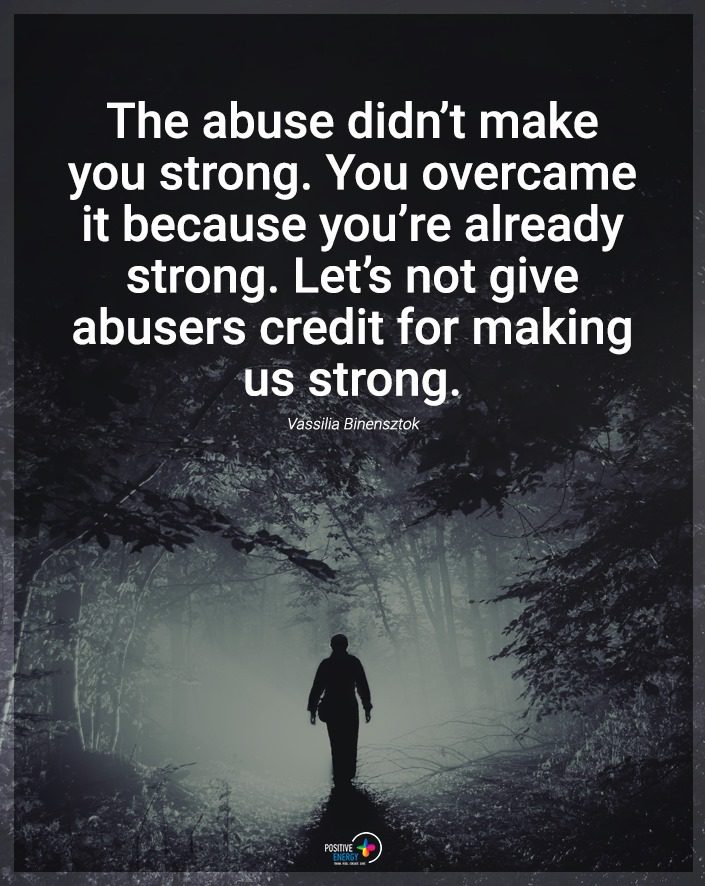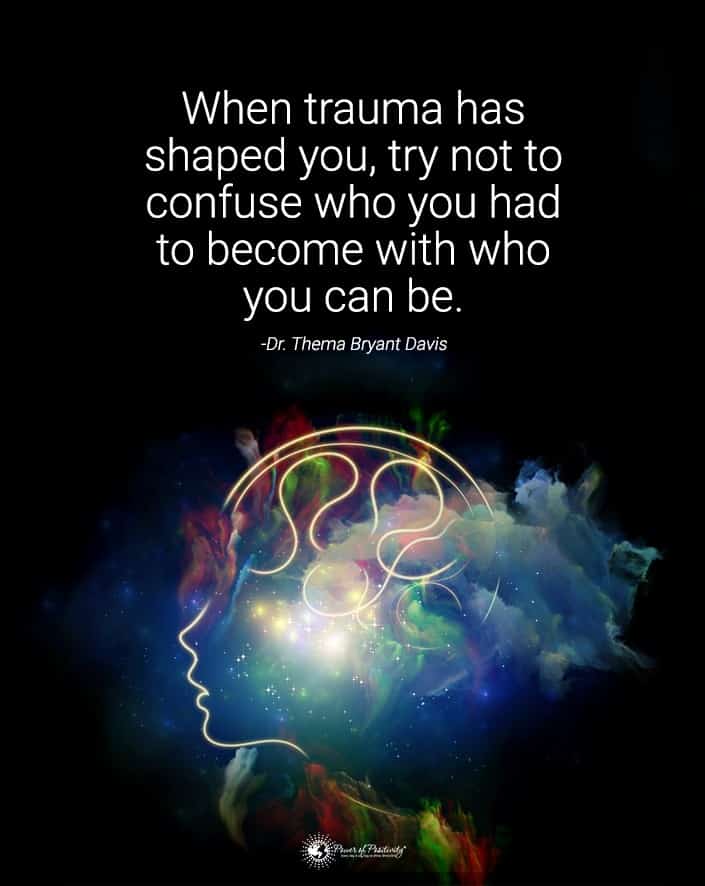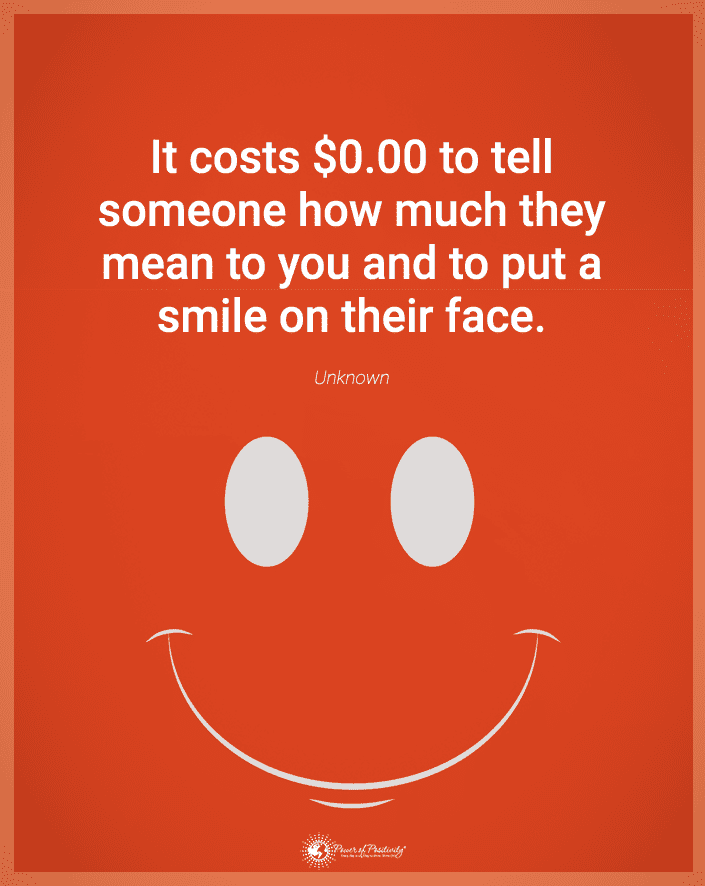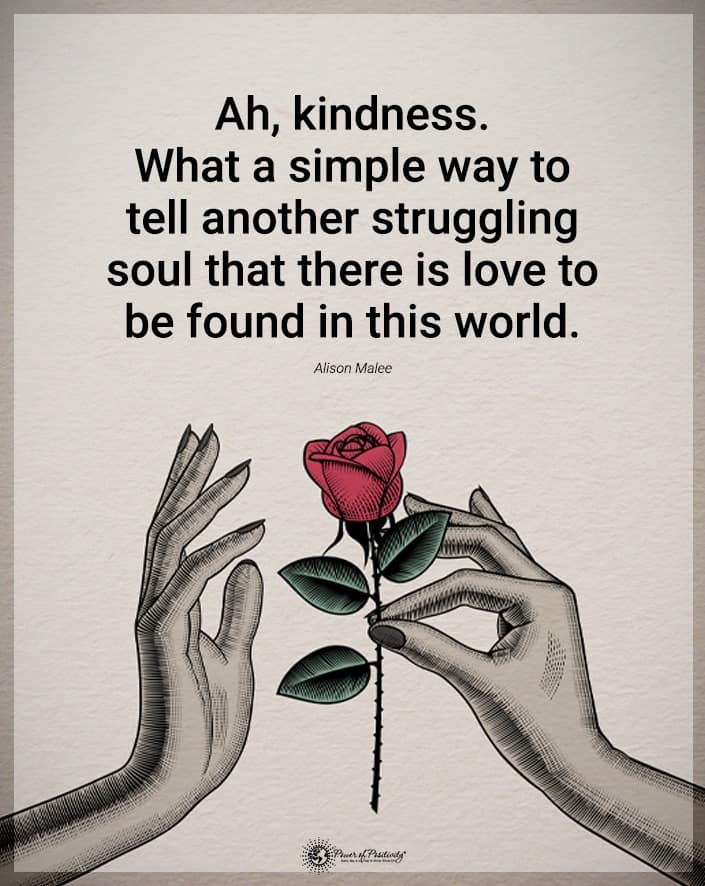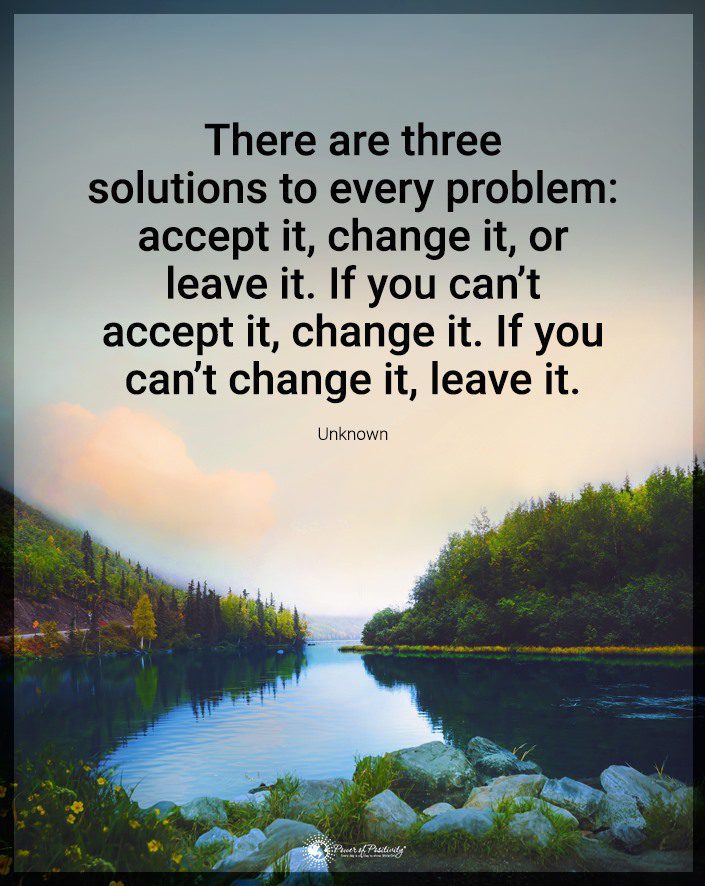A report by Bowling Green State University discovered record numbers of middle-aged people living alone in the U.S. Throughout much of history, humans lived in collective cultures and relied on tribes for survival. However, rising individualism has made it more appealing to stay single and live alone.
In the early 1960s, only about 7 million people lived alone, making up 13% of U.S. households. By 2020, this number rose to 36.2 million people or 28% of the population. While the population increased dramatically in those 60 years, the percentage of people living alone also rose.
And it seems that other countries have adopted this trend as well. Studies involving 78 countries showed a substantial rise in individualism and people living alone from 1960-2011. Only nine countries – Armenia, Cameroon, China, Croatia, Malawi, Malaysia, Mali, Ukraine, and Uruguay – had declining levels of individualism.
Researchers believe that plummeting marriage rates and the subsequent increase in single people may explain why more people live alone. Also, divorces among middle aged people became more common as societal expectations changed. In 2012, Bowling Green State University researchers discovered that divorce rates in U.S. adults over 50 doubled between 1990-2010. For adults over 65, divorce rates more than doubled.
Many factors have led to an increase in “grey divorce” rates over the past 30 years. A cultural shift occurred in the 1960s when middle-aged people prioritized personal happiness over family life.
They didn’t want to tolerate careers or relationships that left them stifled and unfulfilled. As a result, divorces and casual relationships became more acceptable in developed countries worldwide.
However, this doesn’t tell the whole story because unmarried middle aged people usually lived with others in the past. For example, they may have stayed with their biological families or rented a house with friends. But recently, fewer people seem interested in sharing space with others.
Research Shows More Middle Aged People Live Alone Than Ever
In the report published by the National Center for Family and Marriage Research, researchers defined midlife as ages 30-59. They described single people as unmarried individuals who did not live with a partner. The report didn’t include married people or those in a committed relationship living separately.
In addition, researchers did not separate data by race or ethnicity. Here are some of the fundamental discoveries from the report:
- Of all middle-aged Americans, about 30% identified as single (unmarried and not cohabiting).
- About half of the single midlife Americans reported being single and living without a roommate.
- Of the midlife single people who live alone, most (75%) had never married. Among those in their 50s, only about 37% had never married. However, these results aren’t surprising since the proportion of unmarried people declines with age, whether they live alone or not.
- The report found that more middle-aged men than women had never been married. Also, more men than women remained single and lived alone in midlife.
Even though record numbers of people live alone, owning a home can present challenges for single people. Unmarried individuals have only one source of income, which can add to their financial stress. Also, married people have an advantage regarding specific laws and policies. For example, a report by the Urban Institute found that single women pay higher mortgage rates than men or married couples.
Still, that doesn’t stop middle-aged people from living alone. The report by Bowling Green State University found that only about 34% of people in their 30s owned a home. That number increased to around 46% for those in their 40s and 54% for people in their 50s.
In the two youngest groups of middle-aged single people who lived alone, more men than women owned homes. However, for the oldest group (people in their 50s), more women than men owned a home, but only by a small margin (56% vs. 52%).
Other Age Groups Embrace Living Alone, Too
A separate study on people living alone in 113 nations included a larger demographic. For this study, researchers wanted to determine how many people lived alone across three age groups: 25-29, 50-54, and 75-79. They found that the oldest group had the most people living alone, while the middle group had the least.
Furthermore, they discovered that more men than women in the youngest group lived alone in almost all 113 nations. The researchers speculated that since men typically marry later in life than women, they live alone longer.
However, the team observed the opposite trend among older adults. More women in the most senior group lived alone in most countries surveyed. Since they typically outlive men, this finding didn’t come as a surprise.
For the middle group, researchers couldn’t identify an obvious pattern. They determined that men were likelier to live alone, but this didn’t hold across all nations. Perhaps since researchers have performed more studies on nuclear families than single people, researchers don’t have enough data to draw a clear conclusion.
However, the latest study by Bowling Green researchers seems to confirm these findings. They also observed that more men than women lived alone in midlife. Since the study only included adults in the U.S., it’s unclear if this trend holds in other countries. Both studies confirm that more people value individualism and single life than ever before.
Final Thoughts on The Rise in Middle Aged Adults Living Alone
Rising individualism and declining marriage rates have made people more comfortable living alone. Across the world, researchers have observed people of all age groups living solo in record numbers. The trend began in the 1960s when women entered the workforce and prioritized careers over family life. Men also saw the benefits of remaining single rather than settling down.
Living alone might seem lonely, but in our urbanized world, forming connections is easier than ever. Plus, pet adoptions have increased dramatically in the past few years, providing companionship for single people. Society frowned upon people living alone in the past, but today, it’s a sign of progress and advancements in women’s rights.



